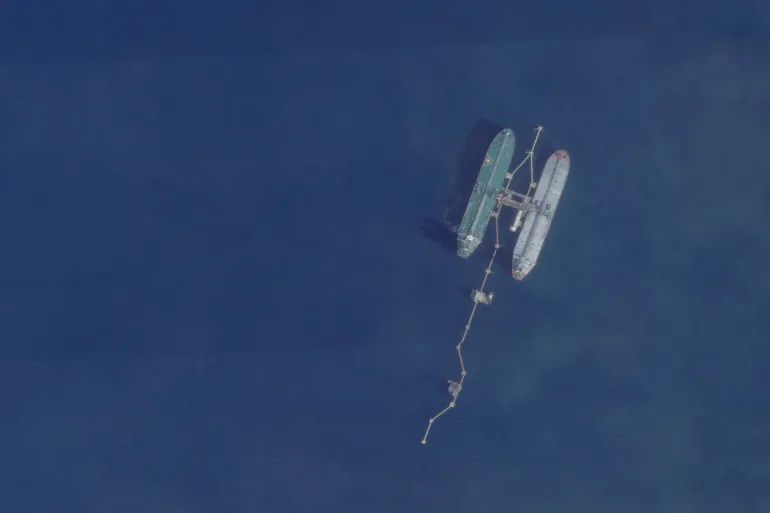China’s Shenzhou-19 spacecraft safely landed in the northern region of the country on Wednesday after a six-month mission aboard the Tiangong space station.
The landing, which had been delayed by one day due to adverse weather conditions, took place in Dongfeng, located in Inner Mongolia, near the Gobi Desert. The mission, which originally aimed for a Tuesday return, was postponed due to strong winds and low visibility in the area.
The crew of Shenzhou-19, consisting of astronauts Cai Xuzhe, Song Lingdong, and Wang Haoze, had launched in October 2024 to work on China’s Tiangong space station, which has been a key component of the country’s space program. The astronauts conducted various experiments during their six-month stay, including research on space life sciences, microgravity physics, and materials for future lunar missions. One experiment involved testing the durability of bricks made from simulated lunar soil, which could potentially be used for a permanent lunar base.
The Shenzhou-19 mission was notable for several achievements, including a record-breaking nine-hour spacewalk by astronauts Cai and Song, the longest extravehicular activity in China’s history. During their spacewalks, the crew installed new space debris shielding on the Tiangong station and performed maintenance tasks. They also oversaw the arrival of the Shenzhou-20 crew, officially handing over control of the space station to the new team on April 27, 2025.
The crew’s return marks another milestone for China’s rapidly expanding space program, which has seen significant progress in recent years. Following the completion of the Tiangong space station in November 2022, China has become a major player in space exploration, conducting frequent crewed missions and aiming for more ambitious projects in the near future. Among these is the goal of landing a Chinese astronaut on the moon by 2030.
China’s space program, which is controlled by the People’s Liberation Army, has raised concerns in the United States, particularly in light of the increasing frequency and success of China’s spaceflights. The country’s exclusion from the International Space Station (ISS) due to national security concerns has led to China pursuing its own space endeavors, such as the Tiangong station and lunar exploration initiatives.
NBC News, the Associated Press, and Space.com contributed to this report.










The latest news in your social feeds
Subscribe to our social media platforms to stay tuned